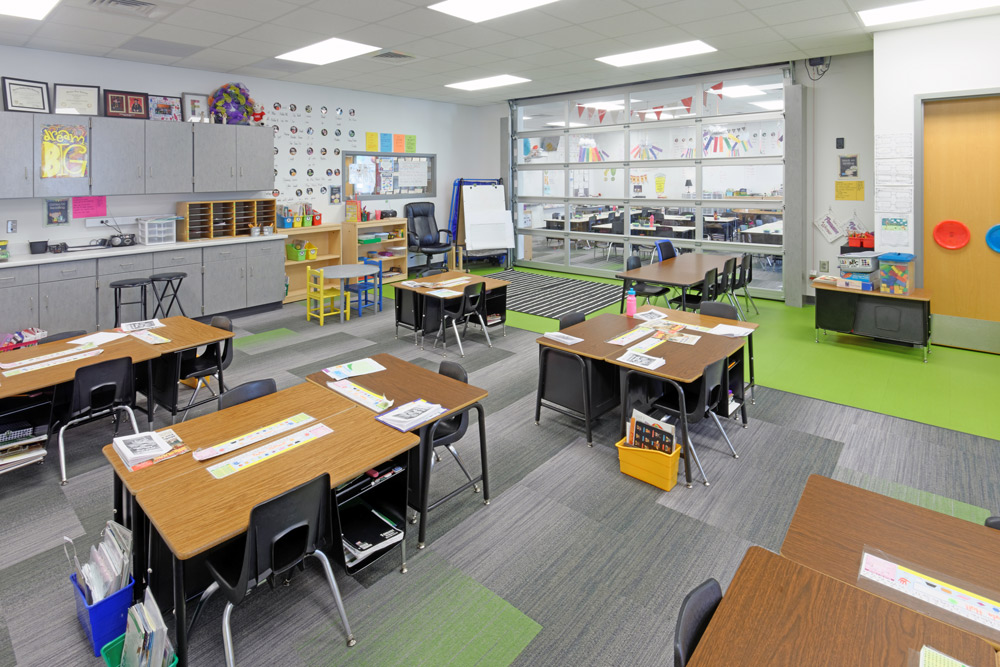
Basic Elements of Safe Room Design
Posted By Sapp Design – May 11 | 2020
Springtime in the Midwest means watching out for severe storms, high winds, and possible tornadoes. Since the May 22, 2011 tornado in Joplin, tornado safe rooms have been a major facet of architectural design. In addition, with recent changes in model codes, safe rooms are now required in most educational facilities. In today’s blog from Sapp Design Architects, we discuss the basic elements of safe room design.
Design Considerations
Safe room design starts with the reason buildings have these rooms. These structures have two major purposes: safety and functionality to protect people from high winds, forces and debris associated with tornadoes or hurricanes. Safe rooms designed to FEMA guidance and ICC-500 Standards can provide near-absolute life-safety protection from the forces (250 mph winds) of an EF-5 tornado. Safe rooms can be located and integrated anywhere on the main floor of a structure, in the lower level, or even as a standalone building if properly designed.
Modern building materials and creative design allow for the inside and outside of a safe room to look like an ordinary office space, classroom, or gathering hall. However, structural design elements for safe rooms make them able to withstand extremely high winds as well as resist the forces from an EF-5 tornado.
Reinforced Concrete
Reinforced or prestressed concrete is the industry standard for safe room design. This means pouring concrete into slabs that contain steel rebar grids or pretensioned steel at regular intervals and designed to utilize the strength of these materials in unison to create a wall capable of withstanding the winds and forces of a tornado.
Safe rooms can be made of concrete poured on site or prefabricated, prestressed concrete panel designs that are poured in a facility and transported to the site and erected. Concrete filled reinforced masonry block is another popular construction type for safe rooms.
Doors
Doors are a critical component of safe room design. Without proper doors, debris can puncture door assemblies. Manufacturers of safe room door assemblies must certify that products meet or exceed ICC 500 standards for the design and construction of storm shelters. Steel door assemblies must be tested to resist the impact and pressure created by the forces and debris that hits structures during a tornado. Not only must the door resist impacts, but the hardware, hinges, and joints also must be able to withstand the pressure and wind forces of a tornado.
Air Circulation and Lighting
Safe room design also includes essential air circulation and fresh air requirements to meet current codes. Most safe rooms will have a generator to provide temporary emergency power for lights and ventilation in the event of power failures, however, care must be taken in the design of vents to keep debris and water out of the safe rooms. Other forms of popular emergency power are a series of battery units.
Safe Room Design From Sapp
Tornado safe rooms don’t have to be small. Our team can design your tornado safe room that can fit anywhere from just dozens to several thousand people/students. Integration into schools or private facilities such as in a classroom wing, auditorium, gymnasium or other multi-purpose spaces can be seamless while providing much-needed protection for the occupants or community. We can also help your business or multi-family residential housing implement a safe room design built to current FEMA and ICC standards to protect those occupants. Contact Sapp Design Architects or call (417) 877-9600 for more information.